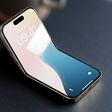 Earlier today, a thread appeared on the Reddit Mac community claiming to share a set of four blurry photos of OS X 10.10. The poster, using a throwaway account, claimed to have taken the photos himself at Apple headquarters in Cupertino, but did not offer any further details on how he was able to gain access to a system running the next-generation operating system.
Earlier today, a thread appeared on the Reddit Mac community claiming to share a set of four blurry photos of OS X 10.10. The poster, using a throwaway account, claimed to have taken the photos himself at Apple headquarters in Cupertino, but did not offer any further details on how he was able to gain access to a system running the next-generation operating system.
In researching the potential legitimacy of the images, we have been provided with some additional pieces of information that begin to paint a rather interesting picture pointing to an individual who may indeed have had such access. While we can't say for sure that these images are genuine, the evidence we have seen privately is enough for us to consider it a distinct possibility.
Assuming the photos are legitimate, they reveal a number of changes in both the look and feel of the operating system, as has been rumored for OS X 10.10. Among the biggest additions is a Control Center very similar to that seen on iOS. In this case, the translucent pane slides out from the left side of the screen and offers quick access to a number of features, including "About This Mac" and System Preferences at the very top, followed by what appear to be buttons for an Airplane Mode and the existing Do Not Disturb feature currently accessible through Notification Center.
[Photos removed at the request of the original poster]
Below those are buttons with drop down menu functionality for Wi-Fi and Bluetooth along with a screen brightness slider, followed by audio controls that include the ability to display album art. The next section includes a volume slider, as well as AirDrop and AirPlay buttons. At the very bottom of the pane is a set of four buttons that appear to be for system sleep, log out, restart, and shutdown.
A second photo shows Notification Center sliding in from the right side of the screen, appearing very similar to the "Today" view on Notification Center for iOS. The screenshot shows a large date at the top, a timeline Calendar view, a section for Weather information, and a Stocks section.
[Photos removed at the request of the original poster]
Two other photos show a bit of Safari, with a blank page resembling the iPad version of Apple's browser with large buttons for bookmarks and frequently visited sites. Toolbar buttons in Safari are somewhat flatter than on OS X Mavericks, while one of the photos shows what appears to be a floating systemwide search box with integrated Quick Look functionality.
[Photos removed at the request of the original poster]
Visible in all four photos is the Dock, which does away with the current "shelf" motif in favor of a translucent strip as on iOS. The vast majority of the app icons appear unchanged, with the most obvious exception being the Finder icon, which does away with the current background but keeps the iconic double face line drawing.
[Photos removed at the request of the original poster]
Based on dates shown in the images, the photos were taken on March 24. As a result, there may have been substantial changes since that time, perhaps including new icons for the various Mac apps as they have moved through the redesign process.
OS X 10.10 will be officially unveiled at the keynote for Apple's Worldwide Developers Conference, which kicks off in less than twelve hours. A banner for the next-generation OS X is hanging in the lobby of the Moscone Center, and appears to show a Yosemite-themed image, perhaps revealing the name for the new operating system.
Apple is offering a live video stream of the keynote, and we'll have live text and photo updates here on MacRumors, as well as live Twitter updates on @MacRumorsLive.


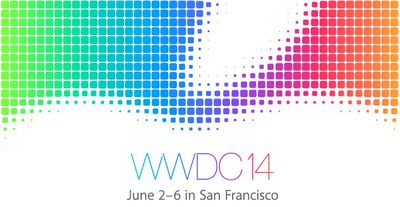

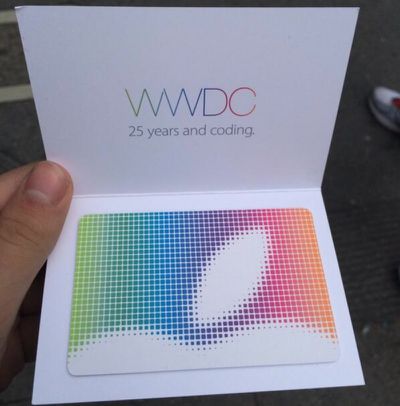
 As announced
As announced 
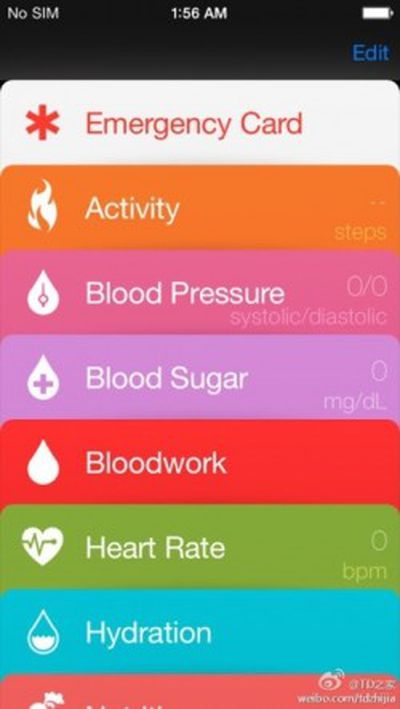 One of the major new features expected in iOS 8 is
One of the major new features expected in iOS 8 is 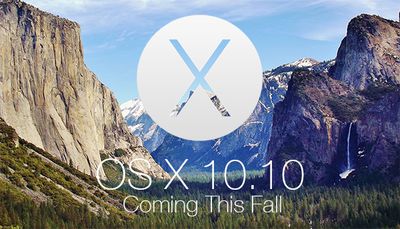
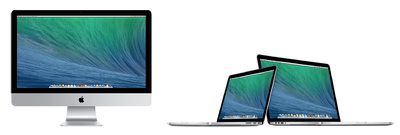
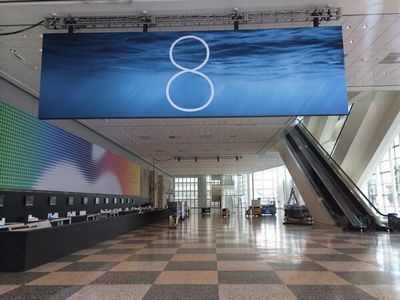

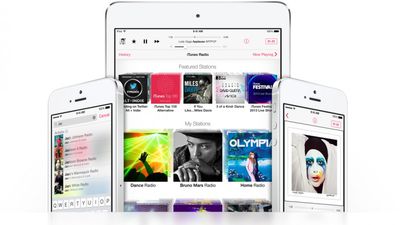
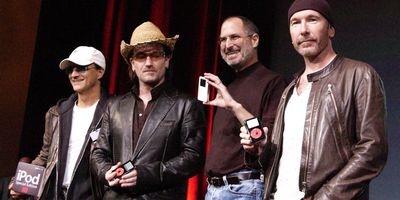
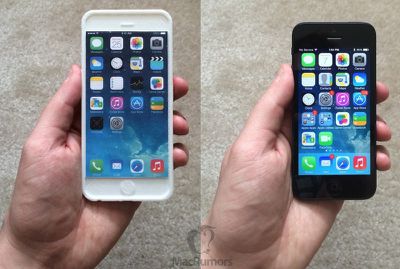
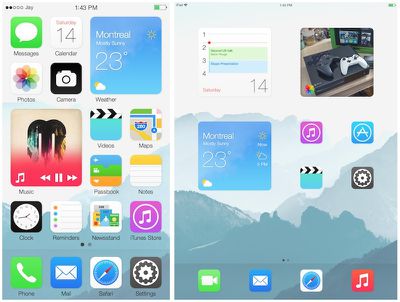


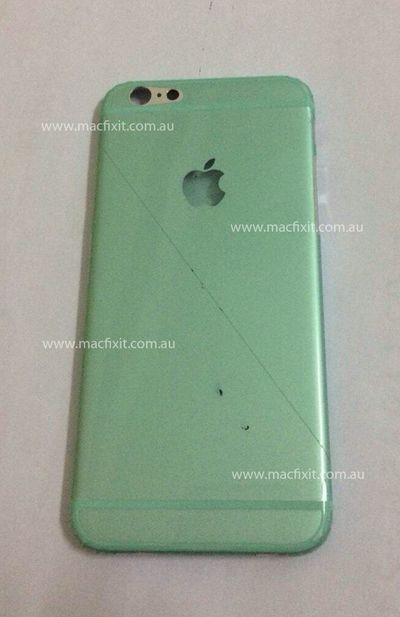
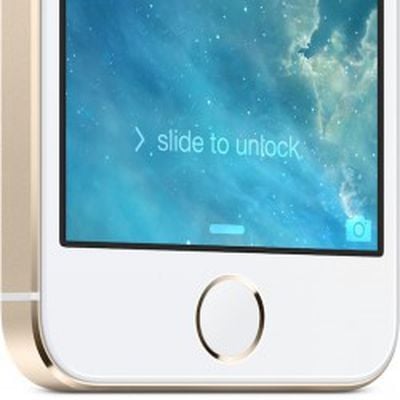 Apple is in talks with several high-profile retail store chains about a mobile payment service, reports
Apple is in talks with several high-profile retail store chains about a mobile payment service, reports 







